From our sister journals- September 2015
Posted by the Node, on 28 September 2015
Here is some developmental biology related content from other journals published by The Company of Biologists.
Auditory hair cell defects in Wolf-Hirschhorn syndrome
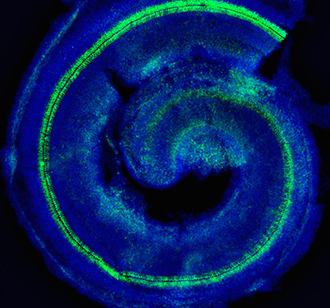 Wolf-Hirschhorn syndrome (WHS) is a rare genetic disorder associated with sensorineural deafness. In this study, Andrea Streit and colleagues show that, although cochlear hair cells are specified normally in a WHS mouse model, they are disorganised and display sterocilia defects. Read the paper here [OPEN ACCESS].
Wolf-Hirschhorn syndrome (WHS) is a rare genetic disorder associated with sensorineural deafness. In this study, Andrea Streit and colleagues show that, although cochlear hair cells are specified normally in a WHS mouse model, they are disorganised and display sterocilia defects. Read the paper here [OPEN ACCESS].
Studying Huntington disease using iPSCs
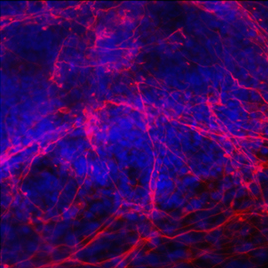 Figiel and colleagues examined putative signaling pathways and processes involved in Hutington disease pathogenesis in pluripotent cells. They show that dysregulation of signaling pathways is a very early event in the pathogenesis of Huntington disease and that these pathways are already dysregulated in cells at the stage of pluripotency. Read the paper here [OPEN ACCESS].
Figiel and colleagues examined putative signaling pathways and processes involved in Hutington disease pathogenesis in pluripotent cells. They show that dysregulation of signaling pathways is a very early event in the pathogenesis of Huntington disease and that these pathways are already dysregulated in cells at the stage of pluripotency. Read the paper here [OPEN ACCESS].
Sequential mutagenesis in the mouse
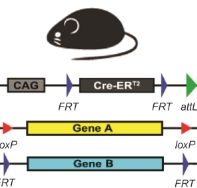 Zhang and Kirsch generated two mouse strains expressing Cre-ERT2 under Flp-FRT regulation. These tools enable sequential mutagenesis in the same or different cells to study development, tissue homeostasis and diseases such as cancer. Read the paper here [OPEN ACCESS].
Zhang and Kirsch generated two mouse strains expressing Cre-ERT2 under Flp-FRT regulation. These tools enable sequential mutagenesis in the same or different cells to study development, tissue homeostasis and diseases such as cancer. Read the paper here [OPEN ACCESS].
KCNK1 on osteoclastogenesis
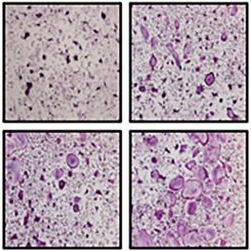 KCNK1 (K+ channel, subfamily K, member 1) is a member of the inwardly rectifying K+ channel family, which drives the membrane potential towards the K+ balance potential. Kim, Choi and colleagues show that KCNK1 negatively regulates osteoclast differentiation. Read the paper here.
KCNK1 (K+ channel, subfamily K, member 1) is a member of the inwardly rectifying K+ channel family, which drives the membrane potential towards the K+ balance potential. Kim, Choi and colleagues show that KCNK1 negatively regulates osteoclast differentiation. Read the paper here.
A role for periostin on Schwann cell migration
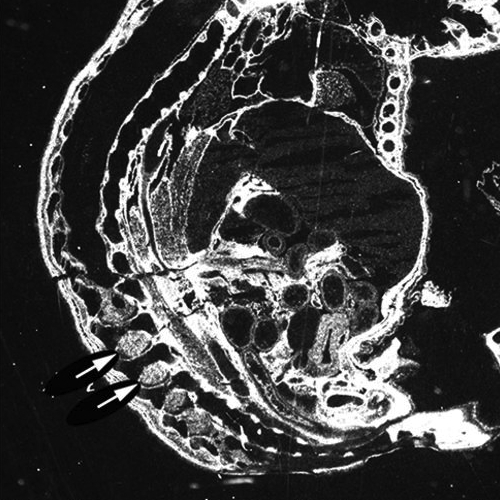 Riethmacher and colleagues performed comparative gene expression analysis of dorsal root ganglia explant cultures from ErbB3-deficient and wild-type mice, in order to identify genes that are involved in Schwann cell development and migration. Their results demonstrate that the expression of periostin is stimulated by the ErbB ligand NRG1 and promotes the migration of Schwann cell precursors. Read the paper here.
Riethmacher and colleagues performed comparative gene expression analysis of dorsal root ganglia explant cultures from ErbB3-deficient and wild-type mice, in order to identify genes that are involved in Schwann cell development and migration. Their results demonstrate that the expression of periostin is stimulated by the ErbB ligand NRG1 and promotes the migration of Schwann cell precursors. Read the paper here.
Daphnia sniff out doom with first antennae
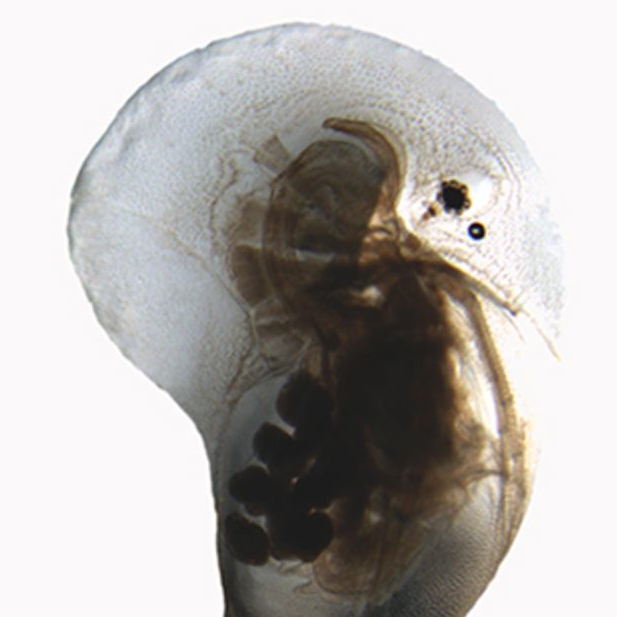 Weiss and colleagues analysed the developmental characteristics of the inducible defences formed by Daphnia in response to the warning odours (kairmones) exuded by predators. Read the paper here [OPEN ACCESS].
Weiss and colleagues analysed the developmental characteristics of the inducible defences formed by Daphnia in response to the warning odours (kairmones) exuded by predators. Read the paper here [OPEN ACCESS].
Developmental remodeling in response to hypoxia/anoxia
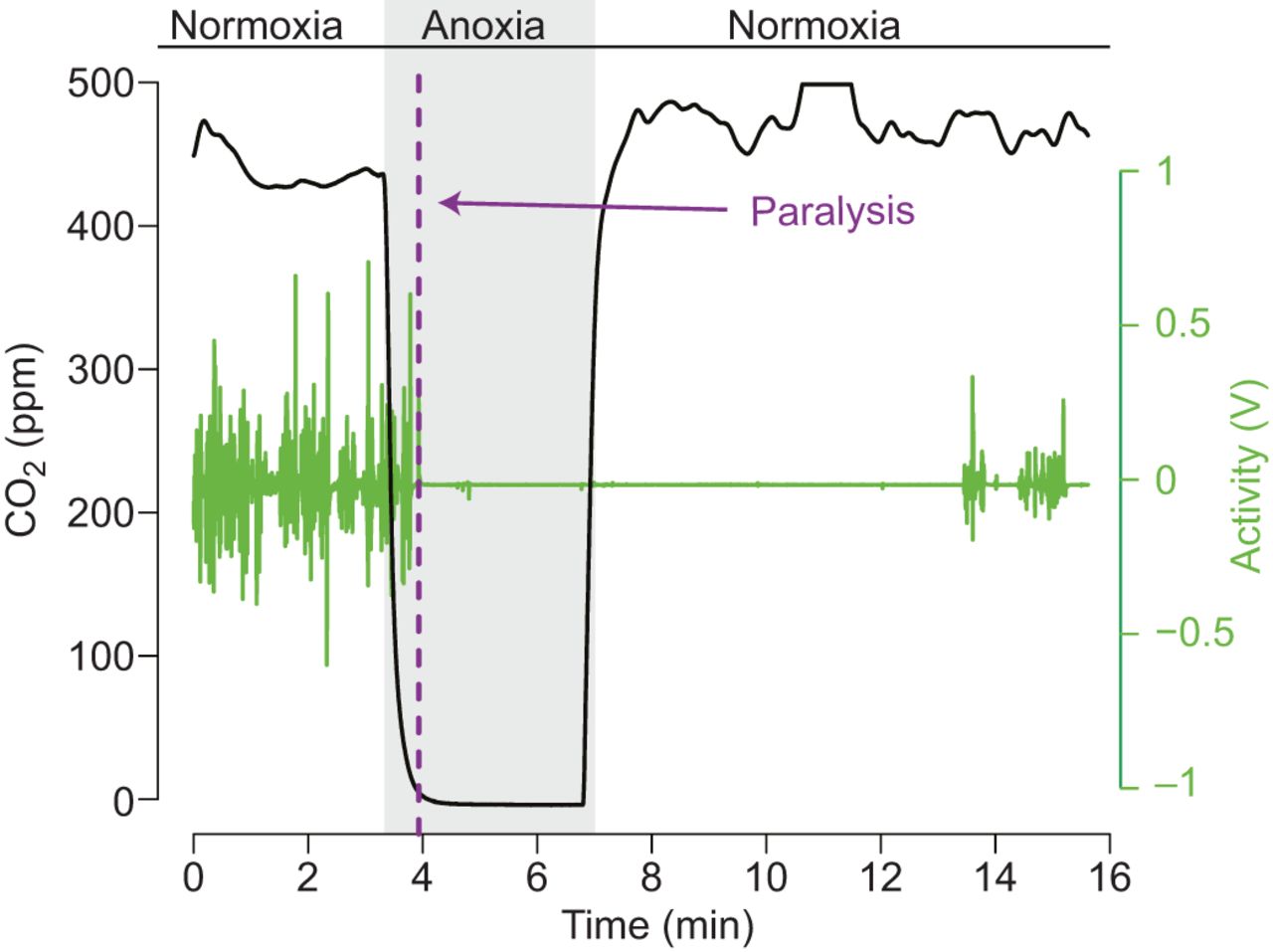 Harrison and colleagues observe that Drosophila larvae, which live and feed in severely hypoxic conditions under normal laboratory conditions, show strikingly different behavioral and physiological responses to anoxia from those of adults. Read the paper here.
Harrison and colleagues observe that Drosophila larvae, which live and feed in severely hypoxic conditions under normal laboratory conditions, show strikingly different behavioral and physiological responses to anoxia from those of adults. Read the paper here.
Toadfish hearing improves with age
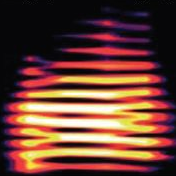 Vocal differentiation is widely documented in birds and mammals but has been poorly investigated in other vertebrates, including fish. Vasconcelos and colleagues examined how closely hearing development in the toadfish matches the development of their vocal repertoire. Read the paper here.
Vocal differentiation is widely documented in birds and mammals but has been poorly investigated in other vertebrates, including fish. Vasconcelos and colleagues examined how closely hearing development in the toadfish matches the development of their vocal repertoire. Read the paper here.





 (No Ratings Yet)
(No Ratings Yet)